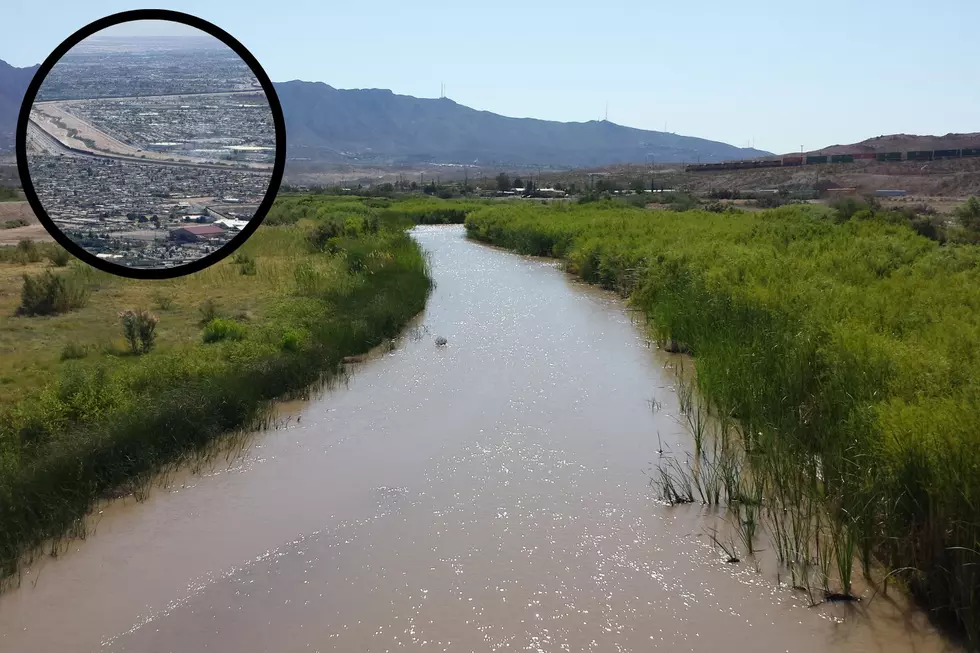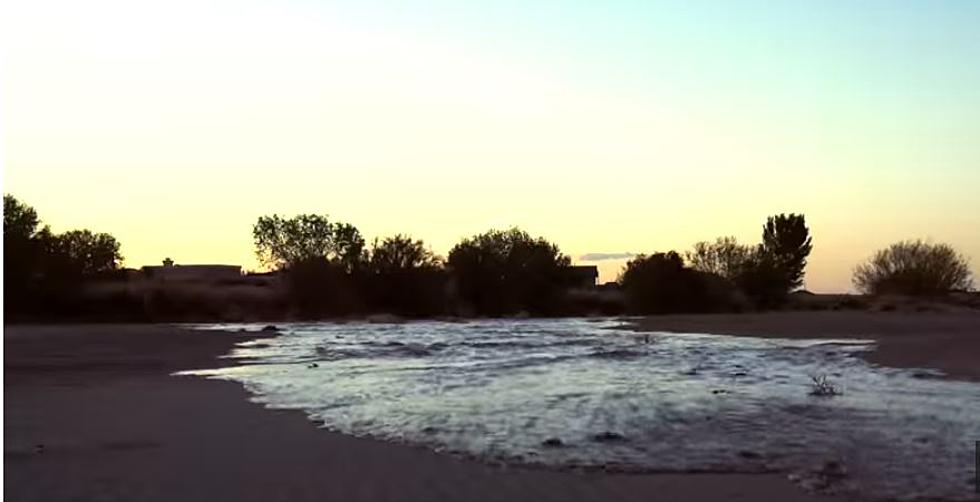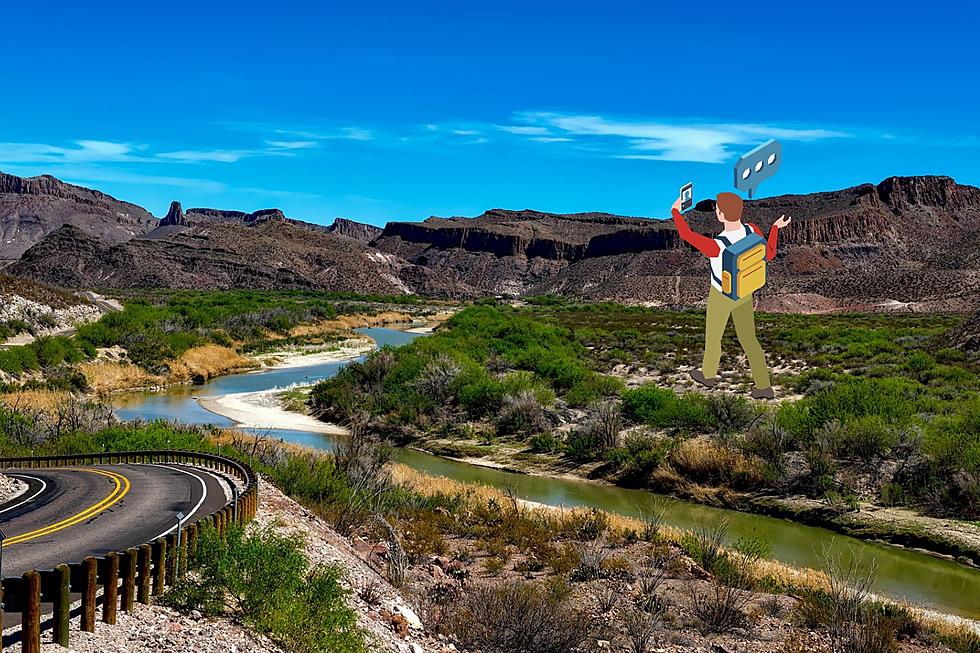
The Rio Grande In El Paso Just Got Really Dangerous
Any large amount of water can be dangerous, especially if it's moving. The Rio Grande in El Paso just took its dangerous side up a notch.
Throughout its 1,900 mile journey from Colorado to the Gulf of Mexico, the Rio Grande lives up to is reputation as a wide and mighty river. Between the dam at Elephant Butte and the area, (roughly), a couple of hours east of El Paso, notsomuch.
The dam slows it to trickle ... if that ... and El Paso basically has a huge, sandy "wash" most of the year. Great for hiking, horse back riding, animal watching, etc but forget anything water related. Fishing, wading, swimming, floating and activities like that have a limited window.
On the upside, the only way to get hurt or killed in the dry months is to get thrown off your horse or something. Drowning sure isn't likely ... ain't nobody got water 'fer 'dat. When water is released from Elephant Butte though, which happened last weekend, the river takes on a whole new life and threat level.
Watch it fill here.
The sand that makes up the river bed is tricky. Sink holes can open suddenly, some deep enough to pull your head underwater and some strong enough to keep you stuck that way.
The current can be deceptively strong too. What seems to be a slow moving river can scoot you along pretty quickly if you're not careful. Same goes for the levees and canals which claim lives year round, whether the Rio itself is full or not.
It's beautiful and enjoyable but, be careful ... it can turn on you in an instant.
Most Dangerous Animals Found in Texas Lakes & Rivers
Gallery Credit: Emily Claire
Eight Water Safety Tips to Keep You Afloat This Summer
Gallery Credit: Kari Jakobsen
More From KLAQ El Paso









